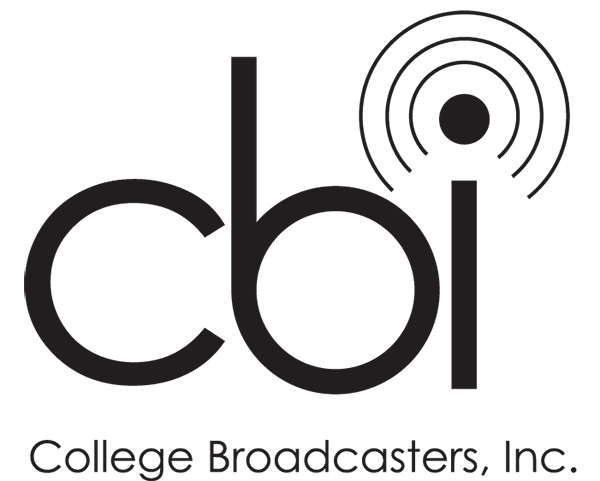January 14, 2015
Board Blog: Strategic Planning Made Simple
Last Updated on January 14, 2015 by askcbiorg

Strategic planning is a must for any student media organization. The nature of most student organizations – frequent leadership changes, lack of full-time employees, etc. – makes long-range planning extremely difficult. Even sticking to short- or medium-range plans can be a challenge when student leaders get bogged down in their day-to-day work.
[fusion_builder_container hundred_percent=”yes” overflow=”visible”][fusion_builder_row][fusion_builder_column type=”1_1″ background_position=”left top” background_color=”” border_size=”” border_color=”” border_style=”solid” spacing=”yes” background_image=”” background_repeat=”no-repeat” padding=”” margin_top=”0px” margin_bottom=”0px” class=”” id=”” animation_type=”” animation_speed=”0.3″ animation_direction=”left” hide_on_mobile=”no” center_content=”no” min_height=”none”]

Greg Weston, CBI President
One tool that I’ve found effective in overcoming these challenges is the SWOT analysis. A SWOT analysis is a structured strategic planning method that involves focus on an organization’s Strengths, Weaknesses, Opportunities and Threats. The strengths and weaknesses are generally present and internal, while the opportunities and threats are usually – but not always – in the future and external.
Here’s how we do our SWOT analysis at WPTS-FM:
Before the start of the fall semester, we hold a retreat with our 12-member director staff. I split them randomly into 4 groups. Each group gets a piece of easel paper marked with an S, W, O or T and a different colored sharpie. They spend about 10 minutes making a list of strengths, weaknesses, opportunities, or threats. Then they pass the papers to another group, which adds to the list and comments on whatever is already there (ü for “agree,” X for “disagree,” ? for “what the heck did they mean”). This continues until every group has worked on every page. Then, we put the papers on the wall and discuss each entry as a group until we have a finished document, which is typed up and sent to all of the directors. We review and update before the spring semester begins.
The SWOT analysis lays out questions that help our directors define the priorities for the upcoming term. How can we use our strengths to take advantage of our opportunities? How can we eliminate our weaknesses? How do we defend against our threats? Breaking big-picture issues into targeted questions is invaluable in figuring out how to tackle them.
The best endorsement of the SWOT analysis: We spend multiple hours on it each year, and I’ve never once had a student tell me it wasn’t worth the time.
[/fusion_builder_column][/fusion_builder_row][/fusion_builder_container]





